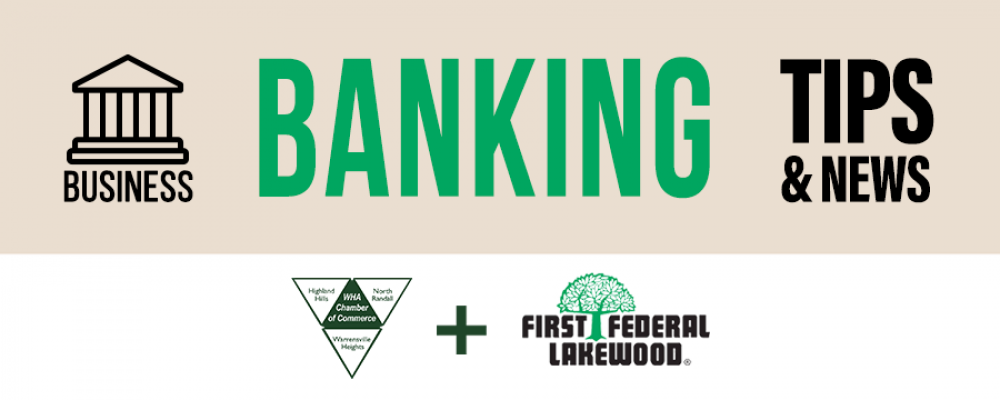
Chalana Williams, First Federal of Lakewood
Getting your finances under control is nearly impossible without using some method of budgeting, which is really just a plan for how you’ll use the money you earn. It’s up to you to pick a budgeting method that makes sense to you.
What is Zero-Based Budgeting?
Zero-based budgeting starts with the premise that your income minus your expenses each month should equal zero. Every dollar that comes to you during the month should have a defined purpose, whether to pay a bill, save for vacation, invest for retirement or buy new clothes. At the end of the month, you should have spent or saved each dollar you earned or received.
Advantages of Zero-Based Budgeting
- The freedom of assigning each dollar you get for a specific purpose, rather than just trying to cut back on everything.
- When you account for each dollar, you do not have money “left over” at the end of the month that gets wasted on unplanned purchases.
- It’s easy to create a new budget each month to plan for differences in spending throughout the year. For example, you can budget more for gifts in December and budget more for car insurance when those payments are due.
You can be intentional about building your savings or working on debt reduction by including these goals in your budget each month.
Steps to Create a Zero-Based Budget
- List all the after-tax income you expect to receive during the month from all sources.
- List all of the ways you expect to spend your money during the month, each with a specific dollar amount. Start with fixed expenses, like house payment, car payment and phone bill. Then list adjustable expenses, like groceries, eating out and shopping. Finally, list other places you would like money to go, like retirement accounts, savings or making extra loan payments.
- Add up the totals for income and spending. Adjust your spending plan until your income minus your spending equals zero. You could cut how much you allocate for things like shopping or savings if you need to reduce spending. Alternatively, if you need to spend more, you could increase spending on an extra loan payment.
- Decide how you will stick to your spending plan during the month. In many cases, you will need to keep track of your spending during the month to make sure you are staying on target.


Follow Us!